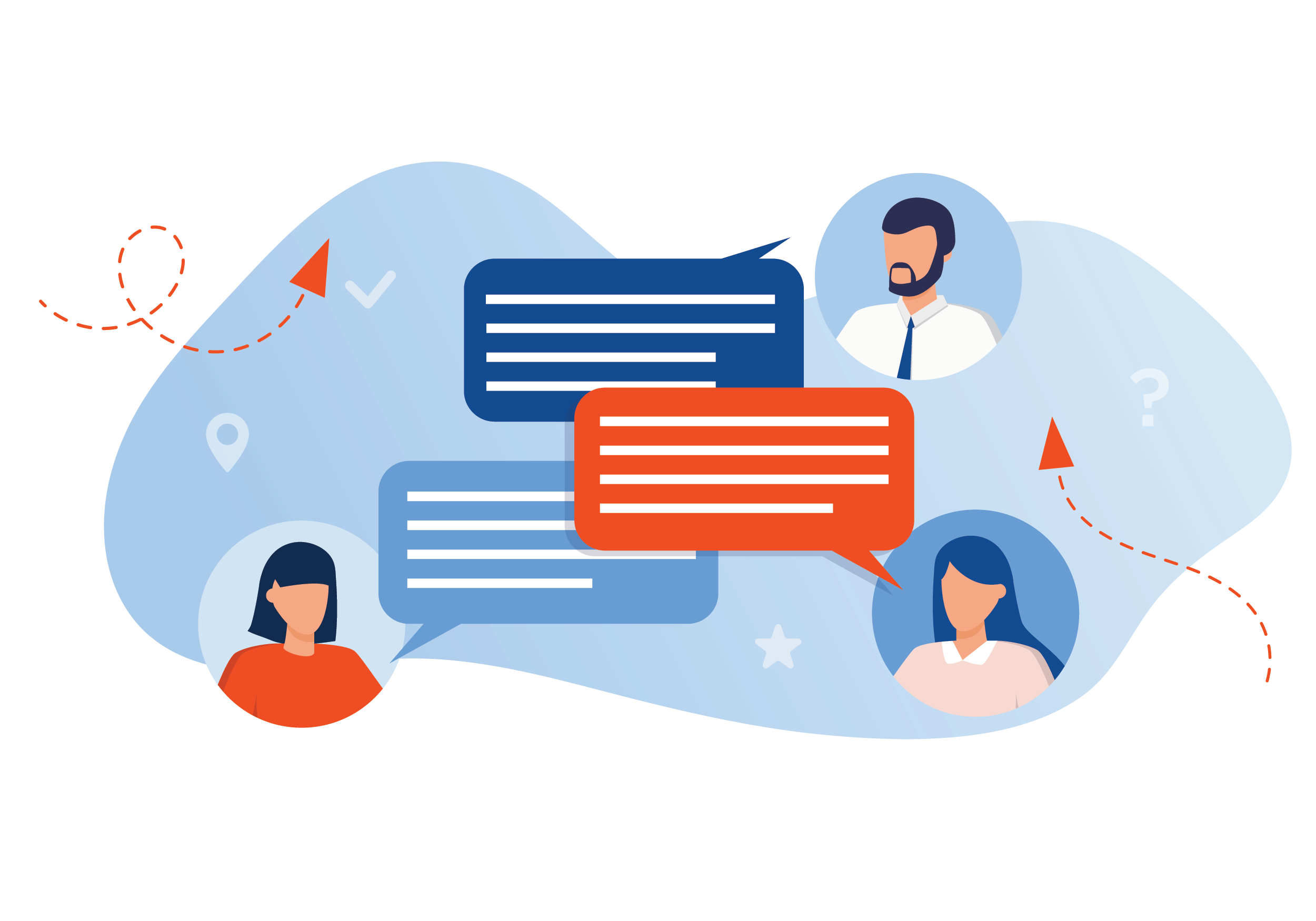Rumored Buzz on Popular News
Rumored Buzz on Popular News
Blog Article
The Best Strategy To Use For Popular News
Table of ContentsSome Known Details About Popular News Rumored Buzz on Popular NewsGetting My Popular News To Work5 Simple Techniques For Popular News
Age is additionally a consider the means individuals watch the duty of social media. Younger social media information customers are more most likely to state it has influenced their learning for the better. About half of social media sites news customers ages 18 to 29 (48%) claim news on social networks makes them much better educated, compared to 37% of those 30 to 49, 28% of those 50 to 64, and 27% of those 65 and older.
Proximity is very important. Journalists want things that impact their communities. Research study on a state's new tax obligation code likely won't create the exact same passion across state borders. Periodically specialists can help localize a bigger nationwide story that affects more than just a city or state. In these cases, it is very important to be in search of opportunities where subject experts can give understanding or where comparable jobs may be happening locally.
If you are releasing newsworthy research, loophole in MarComm before the short article being published so that the pitch can stress the latest component of the story: the publication of the study - Popular News. Occasions and statements that include top-level figures are a lot more likely to generate media protection. Visits from nationwide numbers typically need months of prep work because of awaited neighborhood passion
The smart Trick of Popular News That Nobody is Talking About
We can help alleviate potential reputational danger with these stories while additionally increasing the chances of generating coverage. While numerous of the above information worths are interwoven, human passion tales usually stand apart.
Human interest elements can include information value to other stories that might show up to be doing not have in the other values. The novelty or peculiarity of a situation can help influence whether an information electrical outlet is likely to cover a story. While this is not an extensive list, inspecting to see if your story or event has these top qualities prior to calling us will certainly assist you determine which aspects hold the most information worth.

There is likewise considerable evidence that even more consumers can start to pay for news in the futureif authors can comprehend them and serve them well. Half of those that do not pay for information actively seek out information and look like subscribers in numerous ways. And nearly 2 in 10 of those that don't subscribe to information now indicate they are inclined to start to pay in the future.
Popular News - The Facts
We then ask a set of questions to establish whether people spend for certain kinds of news resources. We asked individuals to call the resources they utilize most oftenwhether they spend for them or nothow they utilize them, the certain points they consider important about them, and some associated concerns about the expense and worth of that resource.

Greater than 4 in 10 additionally mention the reality that loved ones subscribe to the same product. Greater than a 3rd of people claim they originally subscribed in action to a discount rate or promo. In print, individuals also are moved heavily to register for get advice discount coupons that save them money, something that has untapped effects in electronic.
Top Guidelines Of Popular News
About fifty percent are "information applicants," indicating they actively choose news as opposed to mainly encountering it in a much more passive means, though the information that nonpayers are looking for (for currently, a minimum of) is typically regarding national politics. Like subscribers, a number of these individuals also get information multiple times a day, make use of the news in methods similar to clients, and have an interest in comparable topics, including international or worldwide information.
We asked every person who informed us they have a routine totally free resource of information just how most likely they would be to spend for it. Even more than a quarter (26 percent) say they would be at the very least rather most likely to begin paying for itand 10 percent are extremely or exceptionally most likely. These most likely payers basics tend to be information hunters, and they likewise often tend to be individuals who already pay for a news membership in enhancement to the source they adhere to totally free.
Of those who do pay, 54 percent sign up for papers in print or electronically, which represents 29 percent of Americans generally. Many of them get a print publication together with their newspaper and pay for 2 to 4 news resources in overall, some a lot more. And while 53 percent are long-time subscribers (5+ years), more than a quarter (27 percent) have actually acquired their paper registration within the previous year.
Few print subscribers assume it most likely they will switch to a digital-only registration in the future, and more than half of those who like electronic have never ever spent for a print variation of the exact same resource (Popular News). Completely 75 percent of paper payers state they mostly read the paper in print, while 21 percent are primarily electronic customers, and 4 percent explain themselves as evenly divided
Report this page